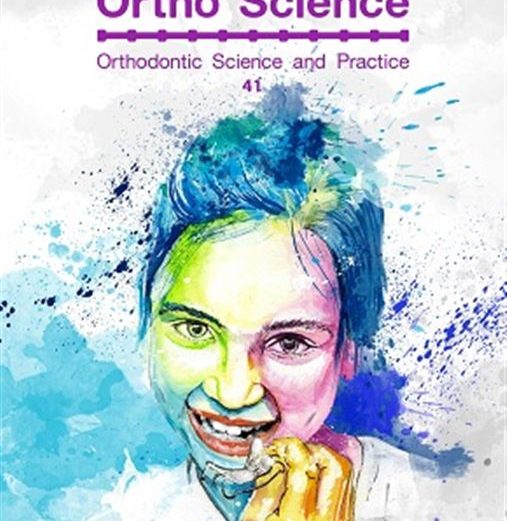Vol. 11 – Número 41 – 2018 Artigo Original / Original article Página 21-27 Avaliação da força de atrito de bráquetes cerâmicos – estudo in vitro Evaluation brackets friction force ceramic – study in vitro Natasha Muniz Fontes1 Silvia Vedovello2 Mario Vedovello3 Heloísa Valdrighi2 Resumo O objetivo deste estudo foi avaliar a influência da canaleta metálica e do tipo de bráquete estético, se convencional ou autoligado, na intensidade da força de atrito. Foram utilizados três tipos de bráquetes ortodônticos estéticos: convencional sem canaleta metálica (Morelli®), convencional com canaleta metálica (Tecnident®) e autoligados sem canaleta metálica (Eurodonto®). Os bráquetes foram associados a fios de duas dimensões, 0.017’’ x 0.025’’ e 0.019’’x 0.025’’ (Morelli®), retangulares, originando seis diferentes grupos de acordo com o tipo de bráquete/fio (n=10). De acordo com os resultados, observou-se que o maior atrito foi gerado pelo bráquete autoligado sem canaleta metálica, seguido pelo convencional com canaleta metálica (p 0,05). Concluiu-se que os bráquetes estéticos convencionais sem canaleta metálica apresentaram a menor força de atrito. Descritores: Atrito dentário, Ortodontia, bráquetes ortodônticos. Abstract The aim of this study was to evaluate the influence of the metal channel and the type of aesthetic bracket, whether conventional or self-ligating, the magnitude of the frictional force. Three types of aesthetic orthodontic brackets were used: conventional without metal channel (Morelli®), conventional with metal channel (Tecnident®), and self-ligating without metal channel (Eurodonto®). The brackets were associated with two dimensions yarn, 0.017’’ x 0.025’’ and 0,019” x 0.025 (Morelli®), rectangular, producing six different groups according to the type of bracket/wire (n=10). According to the results, it was observed that the greater friction generated by self-ligating was bracket without metallic channel, followed by conventional channel with metallic (p 0.05). It was concluded that conventional aesthetic brackets without metal channel had the lowest friction force. Descriptors: Tooth attrition, Orthodontics, orthodontic brackets. 1 Mestre em Ortodontia – SLMandic. 2 Doutora em Ortodontia – FOP/UNICAMP. 3 Doutor em Ortodontia – UFRJ.
Este contenido está restringido a los miembros del sitio. Si eres un usuario existente, por favor, accede. Los nuevos usuarios pueden registrarse a continuación.
LEIA MAIS

